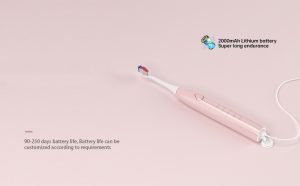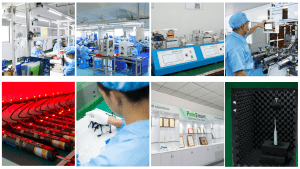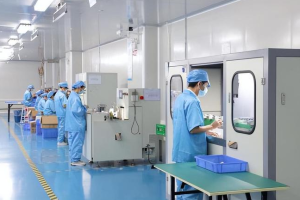When it comes to oral hygiene, the choice between using an electric or a manual toothbrush is a common confusion. Check out what the dental experts recommend.
Introduction
The foundation of good oral care is brushing well. Dental plaque might lead to gum disease and cavities, therefore making removal of plaque a key to eliminate the possibility of dental problems.
Through centuries we have seen people focus on oral care and with that seen the evolution of the toothbrush from using frayed twigs in ancient times to fully automated advanced electric brushes today. But the debate still remains on what is more effective the manual toothbrush or an electric one? While both have their own benefits and some drawbacks it is usually a personal preference which brushes you choose. Now, let’s turn to have a closer look.
Electric toothbrushes: These devices allow the brush to vibrate or rotate which facilitates in cleaning of the teeth and gums. Electric toothbrushes can be standard oscillating or rotatory motion, sonic or ultrasonic. Whichever type you may choose, they all are manufactured to provide consistent and effective brushing. This is a great option for people with limited or compromised dexterity. Nowadays electric toothbrushes come with built-in timer and different forces to allow one to customize their oral care routine.
While it has been shown in some studies that electric brushes are more effective than manual ones they have some drawbacks too. The expense attached to an electric brush is over ten times more than a manual one. As they are rechargeable, they are either battery or plug-in cord-dependent, which can be an inconvenience at times.
Manual toothbrushes: On the other hand, when it comes to manual brushes, a soft bristle brush is what is good for everyone. They are usually more cost-effective, it is portable and easily available anywhere. If used correctly it is as effective as an electric toothbrush to remove plaque from the surface of the teeth. However, too-hard brushing is commonly seen in patients using manual brushes.
Ultimately the best toothbrush option is always the one that best caters to the needs and lifestyle of the user. Here’s a pro tip from Dr. Ekta Khatri: If you find it difficult to decide, why not use both types? An electric brush at night before sleeping to remove all the plaque and food debris deposited on the teeth throughout the day and a manual in the mornings to give you that fresh breath feeling.
Here are some tips for effective brushing :
1. Use a soft bristle brush as they are gentle on the gums and effective in removing plaque if you’re sensitive teeth.
2. Brush twice daily and wait 30 minutes after a meal to brush your teeth
3. Align your brush at a 45-degree angle and sweep from the surface of your gums to the edge of your tooth.
4. Use circular movements when brushing your child’s teeth
5. Opt for fluoride toothpaste.
6. Remember to floss daily after brushing.
Maintaining optimal oral hygiene boils down to selecting the toothbrush that suits your specific needs. Whether it’s the innovation of an electric brush or the simplicity of a manual one, consistent and proper usage is the key to a healthy smile.





